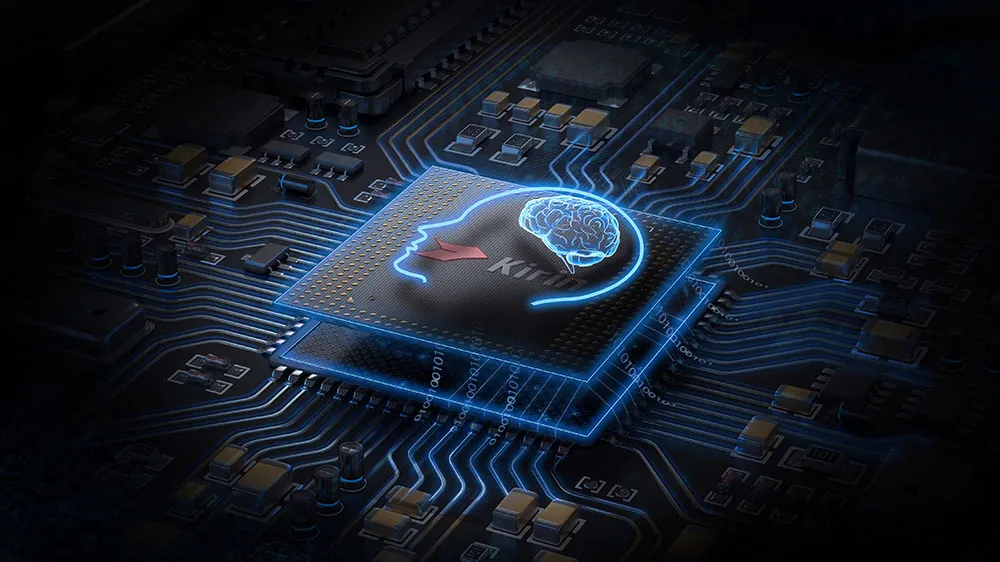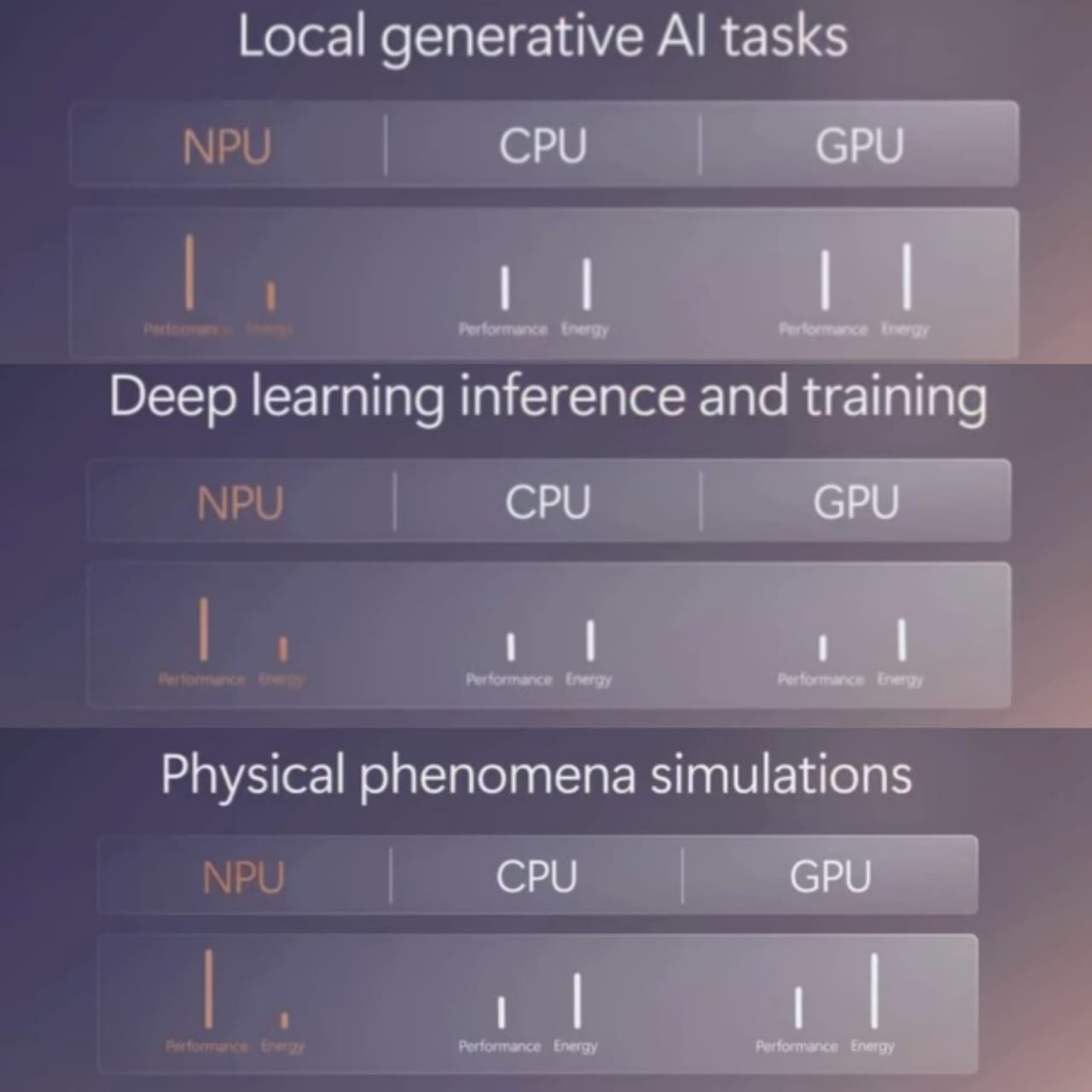Neural Processing Units Explained: Maximizing AI Power
 Mohamed Abubakkar M
Mohamed Abubakkar M
Introduction
The proliferation of Artificial Intelligence (AI) and Machine Learning (ML) has led to the development of specialized hardware accelerators, including Neural Processing Units (NPUs). NPUs are designed to optimize AI computations, offering significant performance improvements over traditional Central Processing Units (CPUs) and Graphics Processing Units (GPUs). In this blog, we'll delve into the world of NPUs, comparing their performance with CPUs and GPUs, and exploring their applications.
What is an NPU?
A Neural Processing Unit (NPU) is a specialized processor designed to accelerate machine learning and deep learning workloads. NPUs are optimized for matrix multiplications, convolutions, and other linear algebra operations fundamental to neural networks. By leveraging parallel processing and optimized memory architectures, NPUs achieve remarkable performance and efficiency gains.
Performance Comparison: CPU, GPU and NPU

| Metric | CPU | GPU | NPU |
| Computational Power | Low (100-500 GFLOPS) | Medium (1-10 TFLOPS) | High (10-100 TFLOPS) |
| Memory Bandwidth | Low (10-50 GB/s) | Medium (100-500 GB/s) | High (1-5 TB/s) |
| Power Consumption | High (10-50 W) | Medium (50-200 W) | Low (1-10 W) |
| Latency | High (ms) | Medium (μs) | Low (ns) |
| Cost | Low | Medium | High |
Key Takeaways
NPUs offer significantly higher computational power and memory bandwidth than CPUs and GPUs.
NPUs consume much less power than CPUs and GPUs.
NPUs provide lower latency than CPUs and GPUs.
Devices with Integrated NPUs
NPUs are now integrated into various devices, including:
Smartphones: Apple (Neural Engine), Samsung (Exynos), Huawei (Kirin), Google (Tensor)
Laptops: Apple (M1, M2), Dell (XPS), HP (Envy), Lenovo (ThinkPad)
Data Center Servers: Google (TPU), Amazon (Inferentia), Microsoft (BrainWave)
Gaming Consoles: PlayStation 5, Xbox Series X
Autonomous Vehicles: Tesla, Waymo
Applications of NPU
Image Recognition: Enhanced camera capabilities, facial recognition
Natural Language Processing (NLP): Voice assistants, language translation
Predictive Maintenance: Industrial automation, anomaly detection
Healthcare: Medical imaging analysis, disease diagnosis
Gaming: Real-time graphics rendering, AI-powered gameplay
Cybersecurity: AI-powered threat detection
Future of NPU
As AI continues to advance, NPUs will become increasingly ubiquitous, driving innovation in:
Edge AI computing
Real-time data analysis
Autonomous systems
Healthcare and medical research
Cybersecurity
Conclusion
NPUs have revolutionized AI computing by offering unparalleled performance, efficiency, and latency improvements. With widespread adoption across various devices, NPUs are poised to enable innovative applications and transform the way we interact with technology.
Intelligence Amplified!
Subscribe to my newsletter
Read articles from Mohamed Abubakkar M directly inside your inbox. Subscribe to the newsletter, and don't miss out.
Written by

Mohamed Abubakkar M
Mohamed Abubakkar M
👋 Hello! I’m Mohamed Abubakkar I’m currently pursuing a Bachelor’s degree in Computer Science Engineering at Thiagarajar College of Engineering. My passion for technology drives me to explore a wide array of tech stacks, dive deep into data science, and tackle complex problems in data structures and algorithms (DSA). On my blog, I share insights from my academic journey, practical coding experiences, and projects that fuel my curiosity. Whether you’re interested in the latest in tech, data science tips, or strategies for mastering DSA, you’ll find a mix of tutorials, reflections, and learning resources here. I’m always open to connecting with fellow tech enthusiasts and students, so don’t hesitate to reach out! Thanks for visiting my blog. Let’s explore the world of technology together!